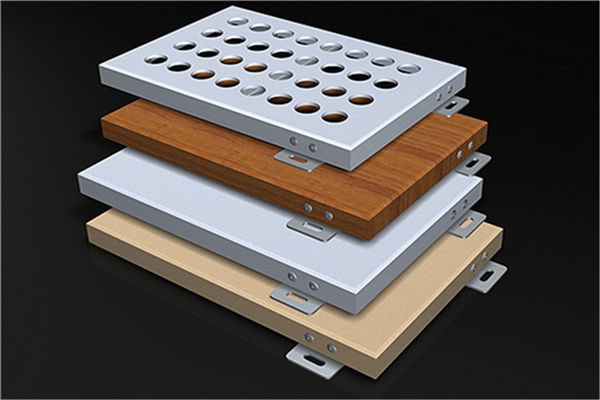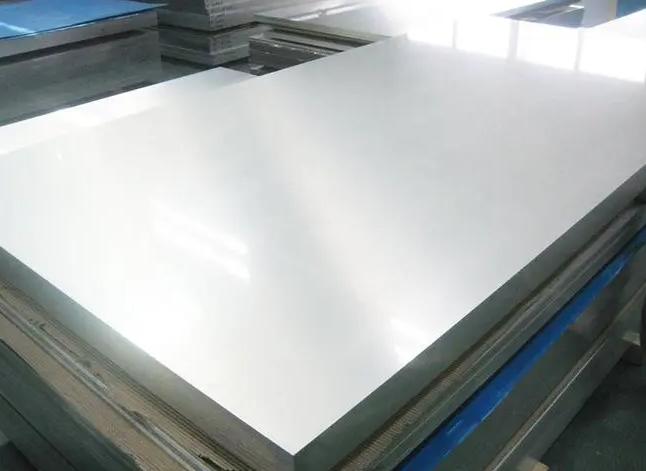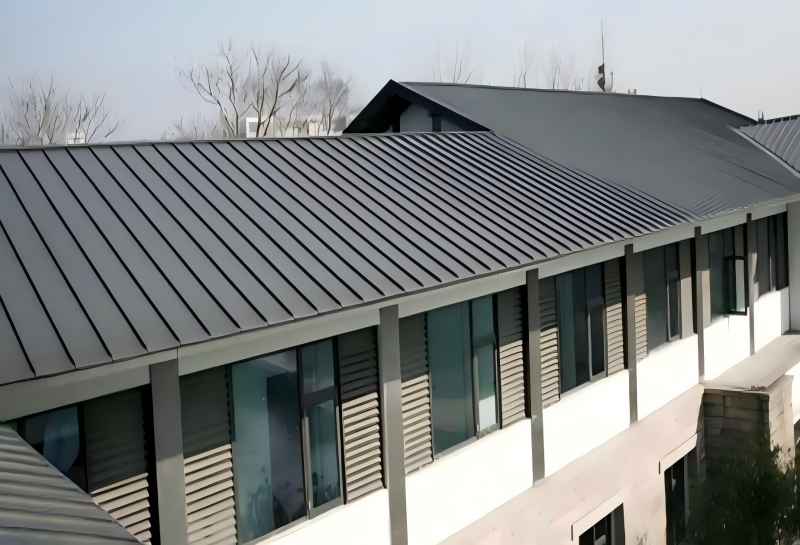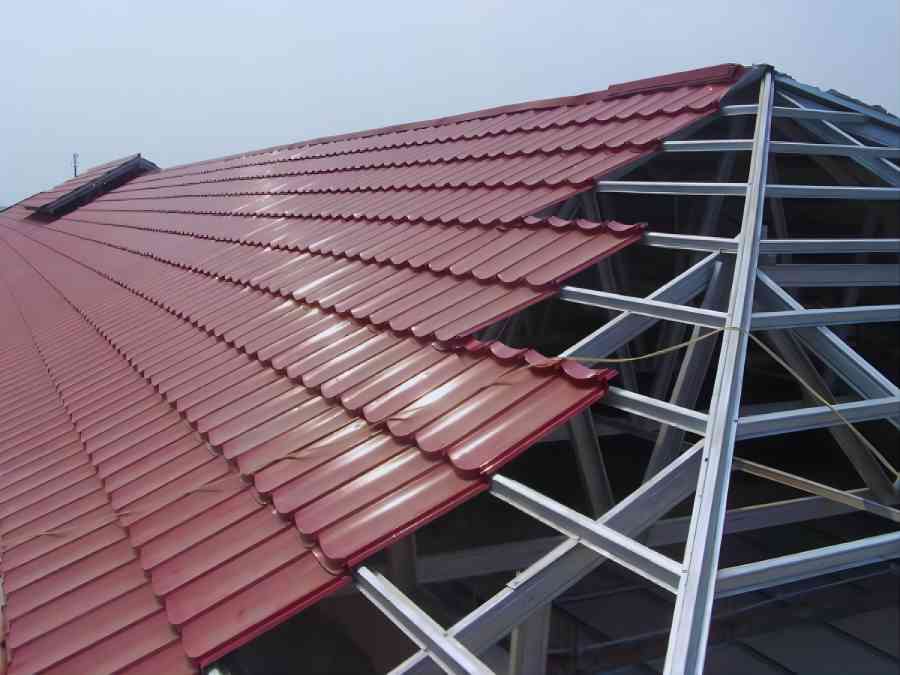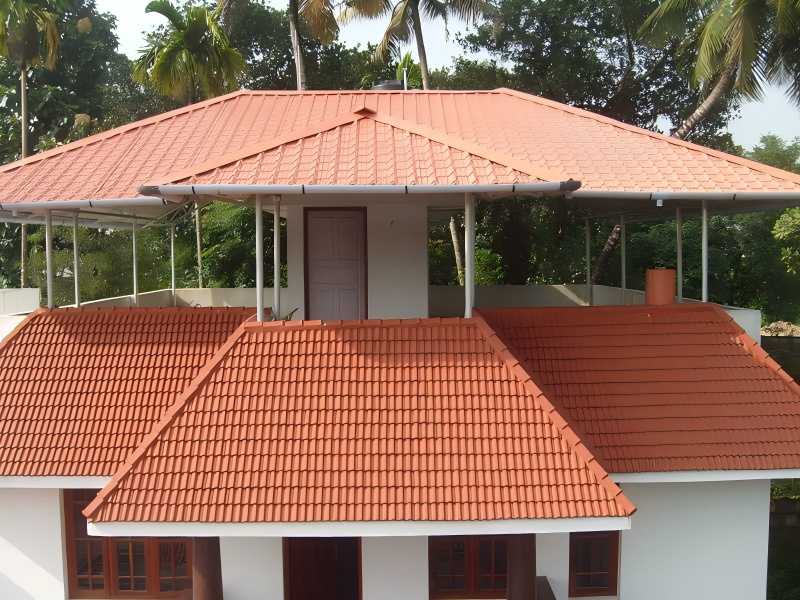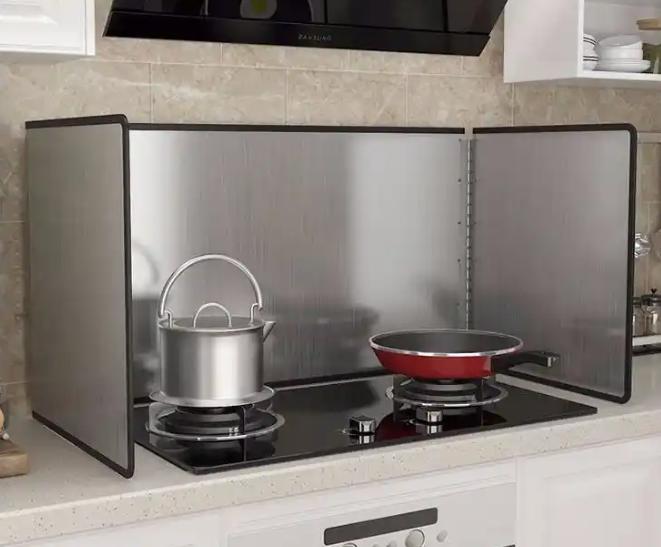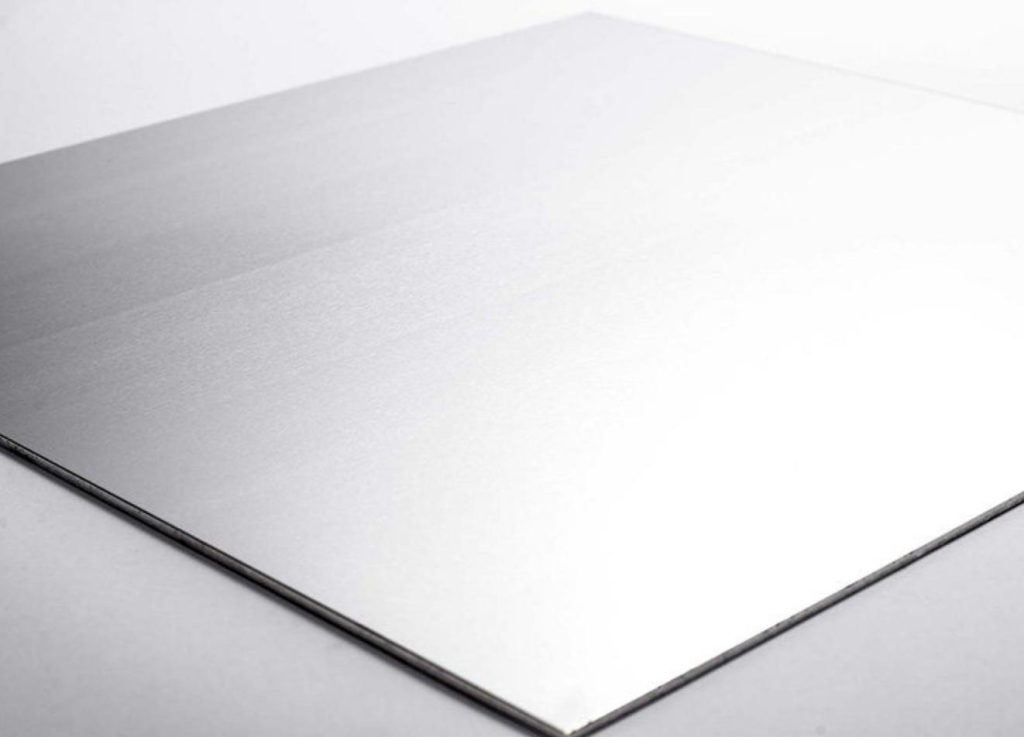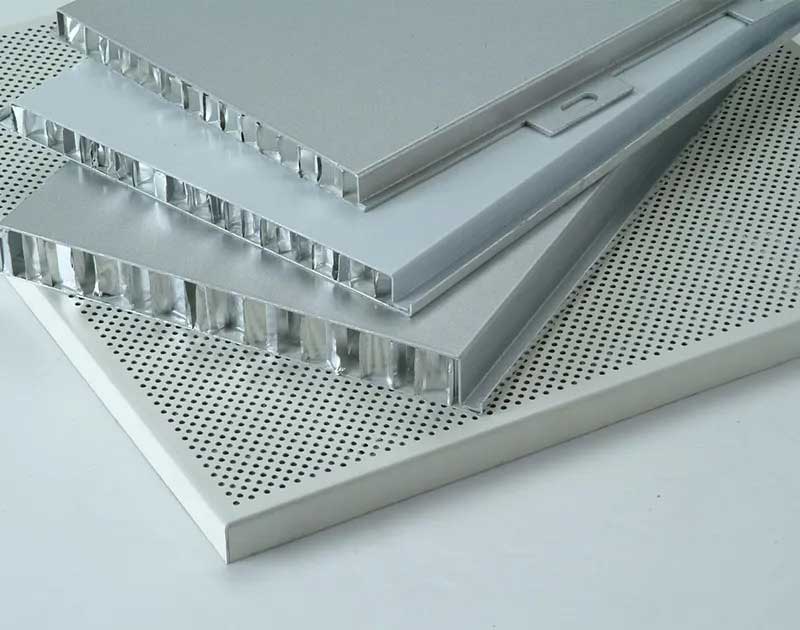Aluminum is a versatile material used in a wide range of applications, from aerospace to construction and beyond. Two common alloys, 3003 aluminum, and 5052 aluminum, are frequently utilized for various purposes. In this article, we will explore the differences and similarities between 3003 aluminum and 5052 aluminum sheets to help you make an informed decision about which one is best suited for your specific needs.
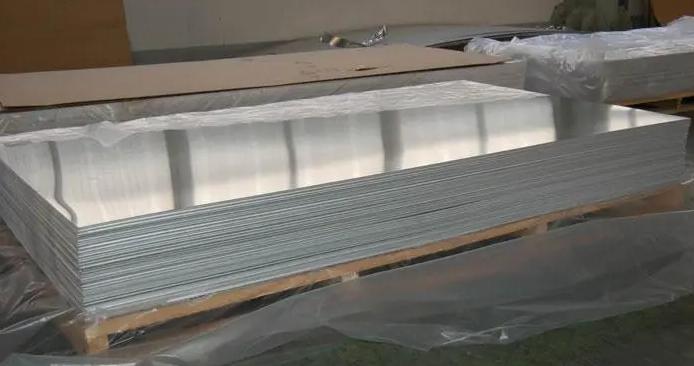
What are the Characteristic of 3003 Aluminum and 5052 Aluminum?
3003 aluminum is a widely used alloy in various industrial applications. It belongs to the 3xxx series of aluminum alloys, which are primarily known for their excellent corrosion resistance. This alloy is composed of aluminum as the primary element, along with small amounts of manganese (about 1-1.5%) and a trace amount of other elements.
5052 aluminum is another widely used aluminum alloy, belonging to the 5xxx series. This alloy is primarily composed of aluminum as the main element, with magnesium as the primary alloying element (2.2-2.8%).
Here’s a side-by-side comparison of the differences between 3003 and 5052 aluminum alloys in a tabular form:
|
Characteristic |
3003 Aluminum |
5052 Aluminum |
|
Alloy Composition |
Pure aluminum with ~1-1.5% manganese |
~95.7% aluminum, ~2.5% magnesium |
|
Strength |
Lower strength |
Higher strength |
|
Workability |
Highly malleable, good for forming |
Less malleable, better resistance to deformation |
|
Corrosion Resistance |
Good corrosion resistance |
Better corrosion resistance due to magnesium |
|
Weldability |
Easily weldable |
Weldable, but may require more specialized techniques |
|
Common Applications |
Cooking utensils, kitchenware, heat exchangers, chemical equipment |
Aircraft components, marine components, fuel tanks, architectural and structural components |
|
Cost |
Typically more cost-effective |
Can be more expensive |
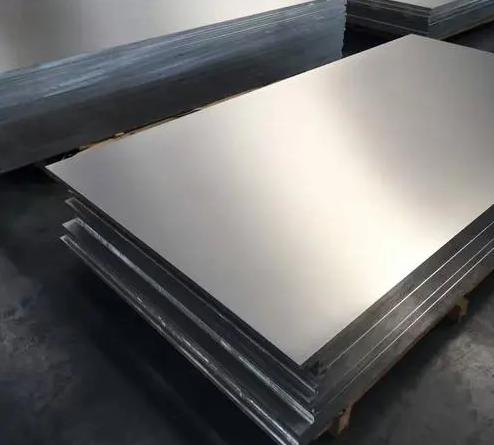
What are the Typical Parts Made by 3003 and 5052 Aluminum?
Both 3003 and 5052 aluminum alloys are used to manufacture a wide range of parts and components across various industries due to their specific properties and characteristics. Here are some typical parts made from each of these alloys:
Parts Made from 3003 Aluminum:
- Cookware: Pots, pans, and baking sheets are often made from 3003 aluminum due to its excellent formability and corrosion resistance.
- Kitchen Utensils: Spatulas, ladles, and other kitchen utensils are commonly crafted from 3003 aluminum.
- Heat Exchanger Fins: The fins of heat exchangers, including those used in air conditioning units, are often made from this alloy.
- Chemical Equipment: Components for chemical processing equipment, such as storage tanks and pipes, are made from 3003 aluminum.
- Sheet Metal Products: General sheet metal products like roofing, siding, and gutters may use 3003 aluminum due to its corrosion resistance and formability.
- Radiators: Some automotive radiators incorporate 3003 aluminum due to its thermal conductivity and resistance to corrosion.
- Food and Beverage Containers: Aluminum cans and containers for storing food and beverages are sometimes made from 3003 aluminum.
- Insulation Jacketing: Protective jacketing for insulation on pipes and tanks in industrial settings may use 3003 aluminum.
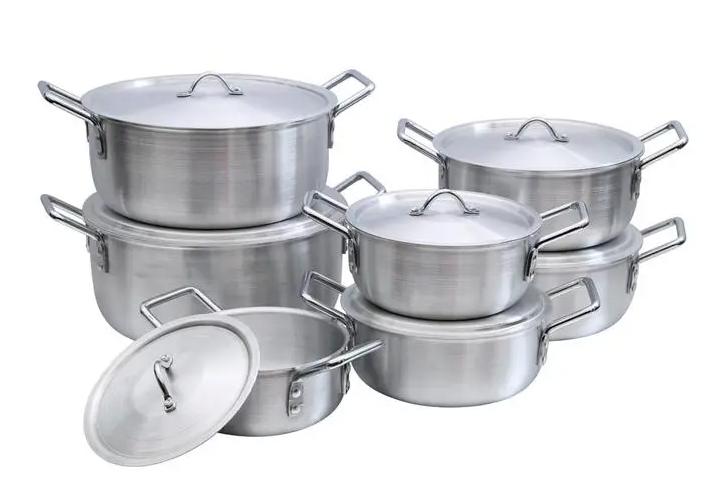
Parts Made from 5052 Aluminum:
- Aircraft Components: Aircraft components such as wing skins, fuselage panels, and other structural parts benefit from the high strength and lightweight properties of 5052 aluminum.
- Marine Components: Boat hulls, superstructures, and various marine components like fuel tanks utilize 5052 aluminum due to its corrosion resistance in saltwater environments.
- Automotive Body Panels: Body panels for vehicles, like car hoods, doors, and fenders, are often made from 5052 aluminum due to its strength and resistance to corrosion.
- Architectural Facades: Architectural panels, facades, and decorative elements in construction often use 5052 aluminum for its corrosion resistance and formability.
- Pressure Vessels: Pressure vessels in industries like petrochemicals and power generation may be constructed from 5052 aluminum due to its weldability and resistance to extreme temperatures.
- Heat Exchanger Tubes: The tubing in heat exchangers can be made from 5052 aluminum, particularly for applications requiring corrosion resistance.
- Truck Trailers: The construction of truck trailers and truck bodies often involves 5052 aluminum due to its lightweight properties and corrosion resistance.
- Electronics Casings: Enclosures and casings for electronic equipment use 5052 aluminum for its lightweight and corrosion resistance.
- Firearm Components: Some firearm components, such as rifle receivers, may be made from 5052 aluminum due to its strength and resistance to corrosion.
These examples illustrate the diversity of parts and components that can be made from 3003 and 5052 aluminum alloys, each selected based on the specific requirements of the application.
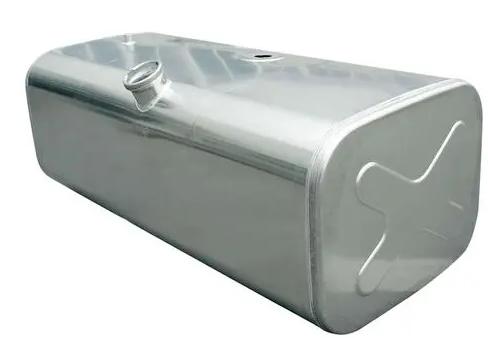
Conclusion
In the debate of 3003 aluminum vs. 5052 aluminum, it’s important to consider the specific needs of your project. While both alloys offer distinct advantages, your choice should be based on factors such as corrosion resistance, strength requirements, and formability. 3003 aluminum is an excellent choice for corrosion-resistant and formable applications, while 5052 aluminum offers higher strength for projects where structural integrity is a priority. Make an informed decision by assessing your project’s unique demands and consulting with experts in the field to ensure you choose the right aluminum sheet.








